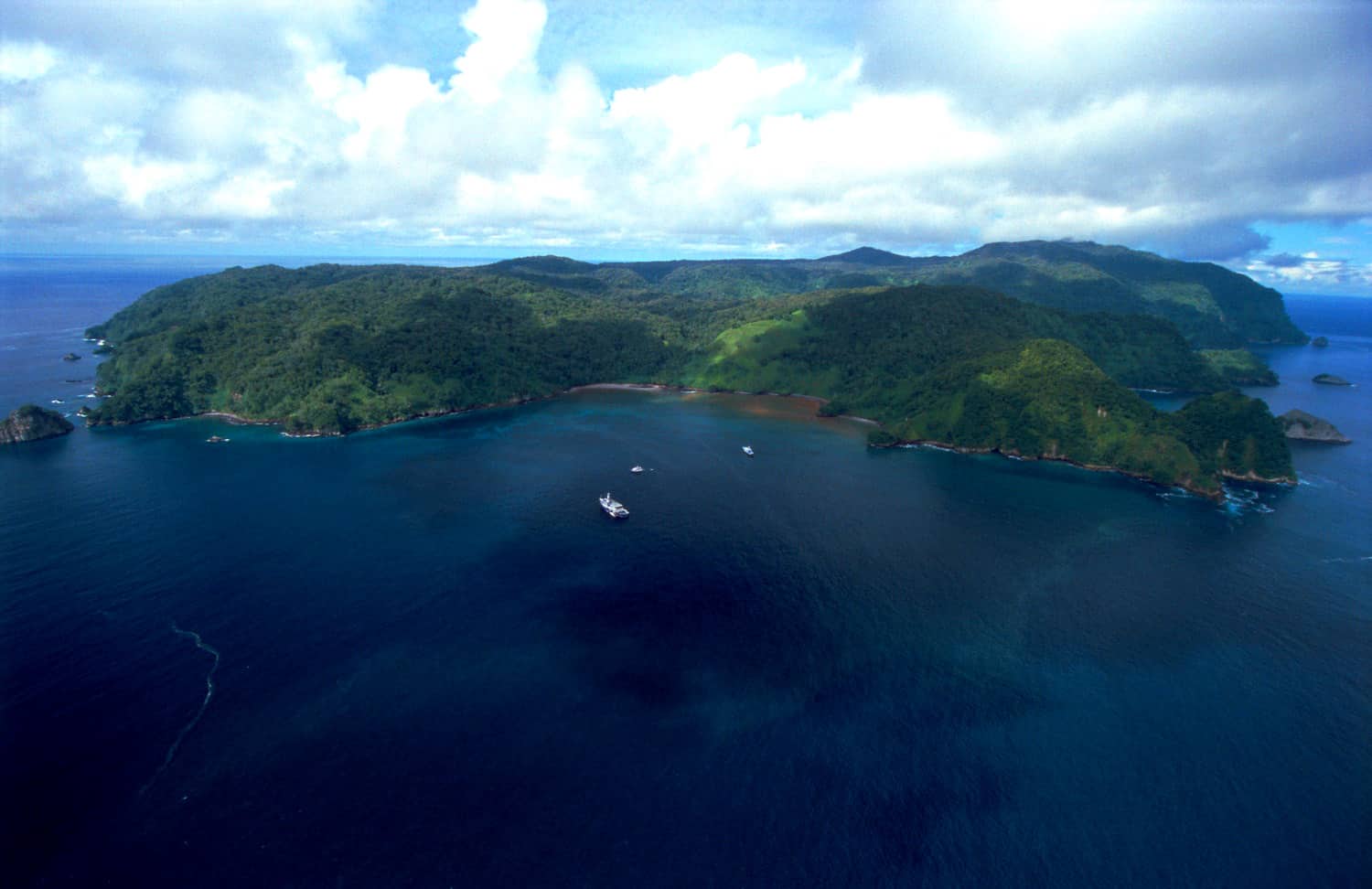Cocos Island will benefit from $16 million from the Global Environment Facility (GEF) for environmental protection. Authorities from Costa Rica, Panama, Colombia, and Ecuador met this week in Costa Rica during the Ocean Summit and announced an international aid package. This project aims to protect The Marine Corridor of the Eastern Tropical Pacific (CMAR), which is celebrating its 20th anniversary. CMAR includes natural treasures such as Cocos Island, Galapagos, Malpelo, and Coiba.
The plan, called “Beyond 30×30,” aims to ensure resilience in the Eastern Tropical Pacific through strengthened cross-border cooperation. It includes strengthening CMAR governance and sustainability, improving regional corridor management, promoting the regional blue economy, and enhancing regional communication, monitoring and evaluation, knowledge management, and learning activities.
Resources will be administered by Conservation International and executed by Fundación Pacífico. During his speech at the Summit on Friday, President Rodrigo Chaves announced the readjustment of the island’s management parameters. He said the government had published the general management plan for Cocos Island National Park and was set to reveal the General Management Plan for the Bicentennial Marine Area by the end of the year.
“We will boost scientific research, our protection regulations, and sustainable development to better protect marine biodiversity in this area of more than 100,000 km²,” stated President Chaves.
The Minister of Environment (MINAE), Franz Tattenbach, mentioned that funds from the Blue Fund and the Earthshot Prize given by the United Kingdom will be concentrated on the island. Tattenbach also pointed out that controls have been implemented using beacon technology, which has reduced illegal entry into protected waters.
Within the framework of the summit, the United Nations Convention for Regulations on the High Seas was also sent to Congress. This international convention, signed in 2023 after almost 20 years of negotiations, addresses the sustainability of marine biological diversity located beyond national jurisdiction.
According to Minister Tattenbach and President Chaves, the adoption of this agreement signifies a significant milestone in efforts to save the ocean.






